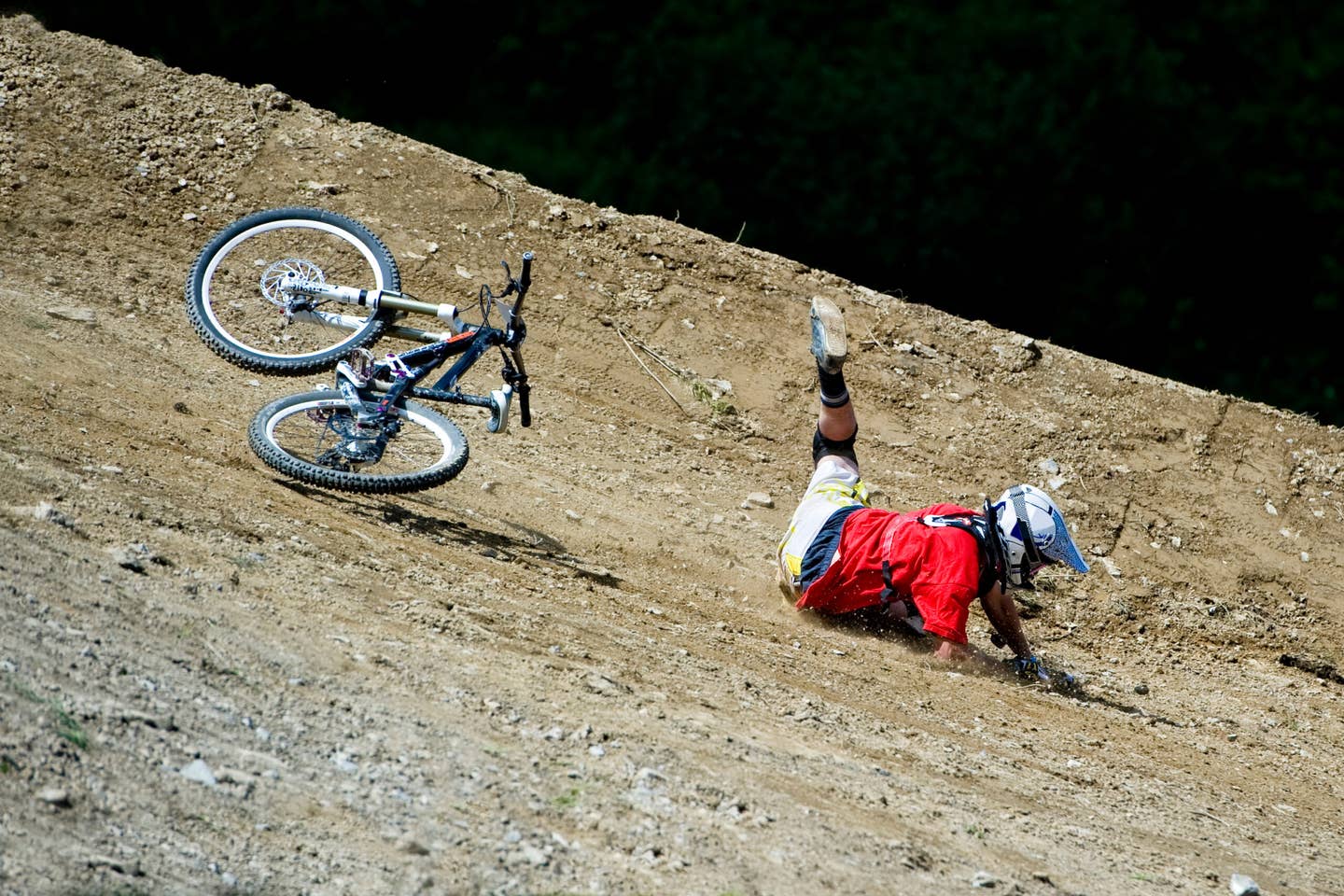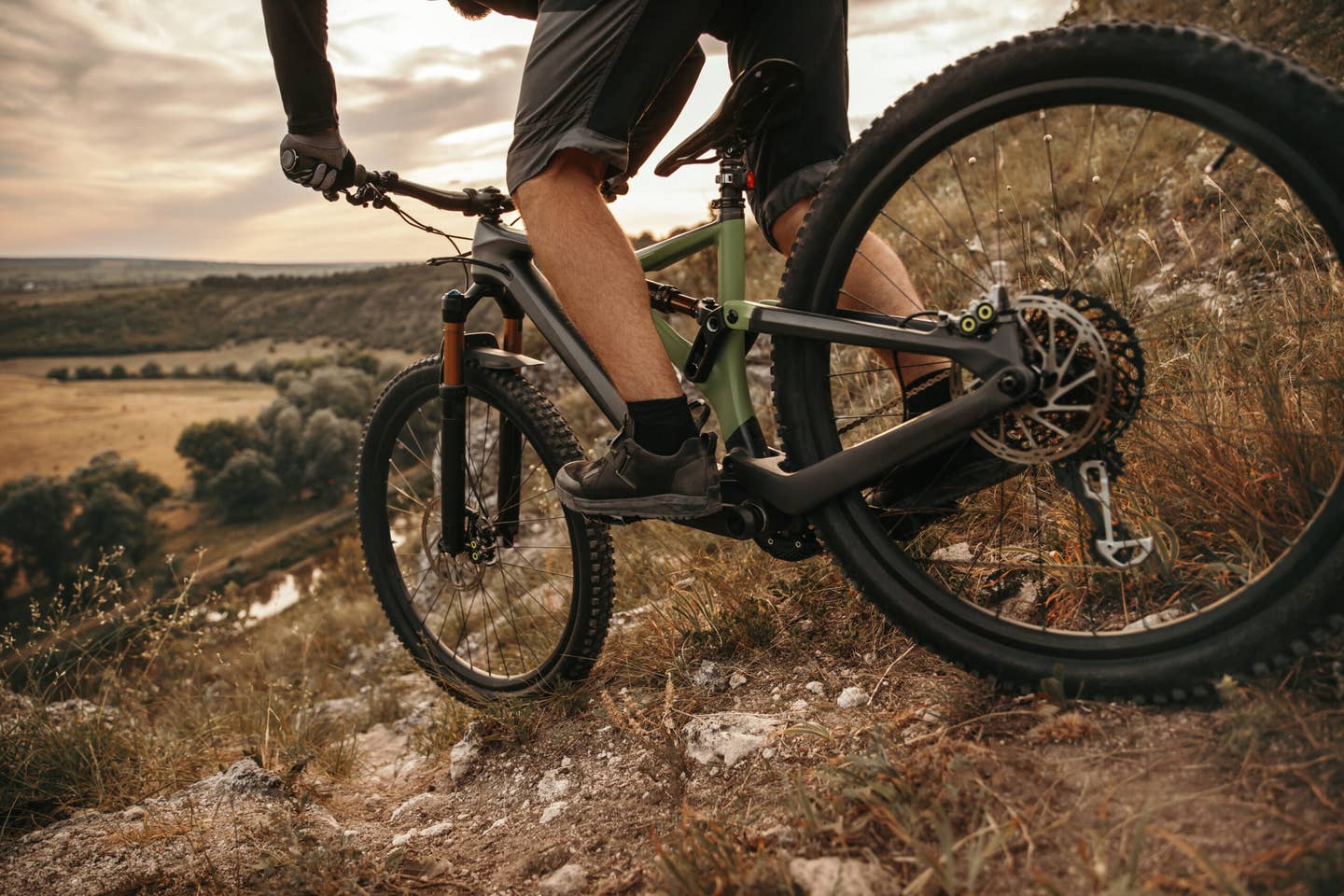

Your Body on the Bike: An Athlete’s Guide to MTB Injury Prevention
Popular Stories
Mountain biking is a high-octane sport that can get you to some of the most beautiful places on earth. However, as exhilarating as it is, it's not without its risks. From minor scrapes to more serious fractures, injuries are a reality of the sport. Understanding what these common injuries are and how to prevent them is the first step toward a safer ride.
The Most Common MTB Injuries
While abrasions and contusions (cuts and bruises) are the most frequent minor injuries, mountain biking can lead to more serious issues. Studies have shown that a large number of significant mountain biking injuries result from a forward fall over the handlebars, especially on downhill sections. These types of falls often lead to injuries to the upper body and head.
- Upper Body Injuries: The most prevalent serious injuries affect the shoulders and wrists. A broken collarbone (clavicle fracture) is a common mountain biking injury, often occurring when a rider goes over the handlebars or tries to break a fall with an outstretched arm. Wrist fractures and injuries to the thumb are also frequent for the same reason.
- Head and Neck Injuries: While helmets have become standard, head injuries like concussions are still a significant concern, especially in high-speed crashes. Neck and spinal injuries are also more common in mountain biking than in other forms of cycling due to the nature of falls, where riders are often thrown forward over the bars.
- Overuse Injuries: Not all injuries come from a crash. Overuse injuries can develop gradually from repetitive stress and poor bike fit, leading to issues like knee pain, low back pain, and even nerve compression in the hands. Proper bike fit, core strength, and technique are critical to avoiding these problems.

Sign Up for the TGR Gravity Check Newsletter Now
How to Prevent Them
Preparation is key to reducing your risk of injury on the trail. Here’s how you can minimize your chances of getting hurt:
- Gear Up: Wearing the right protective gear is non-negotiable. A properly fitted helmet is essential for preventing head injuries. For downhill riding, a full-face helmet offers extra protection for your face and teeth. Gloves can improve your grip and protect your hands and wrists in a fall, while knee pads offer crucial protection for a joint that is often at risk.
- Ride Within Your Limits: One of the most important factors in injury prevention is matching your skill level to the trail. Don't feel pressured to tackle features or trails that are beyond your ability. It's always okay to get off and walk your bike around a challenging section.
- Master Proper Technique: Knowing how to fall can be a lifesaver. Instead of instinctively trying to break your fall with your hands, which can lead to fractures, learning to "tuck and roll" can help you walk away with just a few scrapes. Body positioning is also crucial for stability and control, especially when navigating technical terrain.
- Check Your Bike and Body: Before every ride, do a quick inspection of your bike, checking your brakes, tires, and chain. Additionally, prepare your body for the ride by stretching, hydrating, and fueling up. Fatigue can slow your reaction time and increase your risk of a crash, so be mindful of your energy levels and know when to take a break or call it a day.



